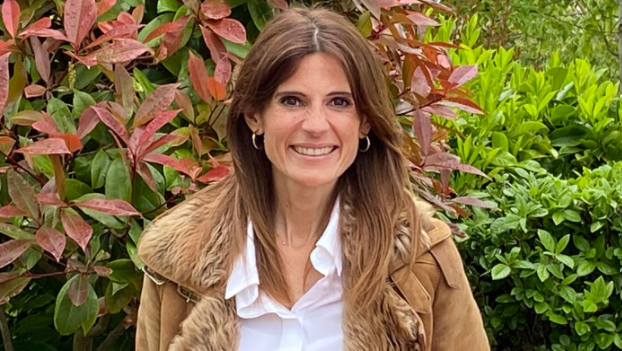Teaching Law from a Gender Perspective
One of the novelties of the reform of the European Higher Education Area (EHEA) was that both the teaching and learning processes should be affected by the introduction of the principle of equal opportunities from a gender perspective.
This recommendation, in the case of Spain, was strengthened with the entry into force of Organic Law 3/2007 of March 22 for the effective equality of women and men. Article 25 of this law, which refers to higher education, establishes the promotion of teaching and research on the basis of equality, and calls for the promotion of teaching in the field of equality. It also provides for the creation of specific postgraduate programs and the carrying out of specialized studies and research on equal opportunities between women and men.
Article 25. Equality in the field of higher education.
1. In the field of higher education, the Public Administrations in the exercise of their respective competences shall encourage teaching and research on the meaning and scope of equality between women and men.
2. In particular, and to this end, the public administrations shall promote:
(a) The inclusion, in the curricula where appropriate, of teaching on equality between women and men.
b) The creation of specific postgraduate courses.
c) The carrying out of specialized studies and research on the subject.
The Law -and Royal Decree 1393/2007, of October 29, 2007, which established the organization of official university education-, includes in this article the expression “to be included in the appropriate study plans”. This expression leads to ask, among other questions, about the curricula to which it refers and, if so, how to do it. In any case, regardless of the doubts that the expression may imply, it seems correct to deduce that in the curricula of the Degree in Law, its inclusion and development is appropriate.
The question that then arises is: how can this perspective be adopted in the Law Degree? It is reasonable to affirm that the methodological proposals should revolve around the idea of adopting an approach that contemplates women and men as creators, interpreters and addressees of legal norms. To achieve this, from my experience as a university professor, I propose the following measures:
1. Elaboration of teaching content that recognizes the contribution of women to law. This implies the effort of searching for new documents and sources. In order to do so, it will be necessary to take into account
the protagonism of women, including their contributions as a source of information;
approach to the history of the struggle for women’s rights;
the acquisition of basic contents on the discipline in relation to women;
the use of inclusive language that includes both women and men in its expression;
the visibility of women in the different professional opportunities.
2. Explain the legal problems that exist in terms of gender from a perspective that considers them as key issues in the field of law, both private and public (violence, co-responsibility in professional and personal life, strategic position, etc.).
3. Provide basic training in concepts related to equality between women and men. This field may include specific subjects such as women’s jurisprudence or law and gender equality.
4. Inclusion of a comparative law perspective, in order to acquire a global dimension, both of legal problems and of women’s contributions in the field of law.
I think that, with these measures, on the one hand, students acquire a full and real training, valuing how beneficial the joint contribution of women and men jurists is for the Law -and therefore, for the whole society-. On the other hand, they develop competencies that will enable them to detect discriminatory situations, as well as skills to correct them. In this way, the classroom will begin to acquire skills aimed at balancing the presence of women in positions of discretionary responsibility in the legal professions.
In turn, these proposals are framed within the Sustainable Development Goals (SDGs) contained in the 2030 Agenda, particularly with SDG 4 (quality education) and SDG 5 (gender equality). Fulfilling these goals contributes to achieving a more civic and socially engaged university;
Finally, it should not be forgotten that the first requirement to carry out this methodology demands on the part of the teaching staff an involvement and training aimed at eradicating discrimination as a requirement to achieve real – not only formal – equality between women and men.
Translated with www.DeepL.com/Translator (free version)

María Cruz Díaz de Terán Velasco
Professor of Philosophy of Law and Coordinator of the RedWinn (CYTED Program)





Commentaires récents